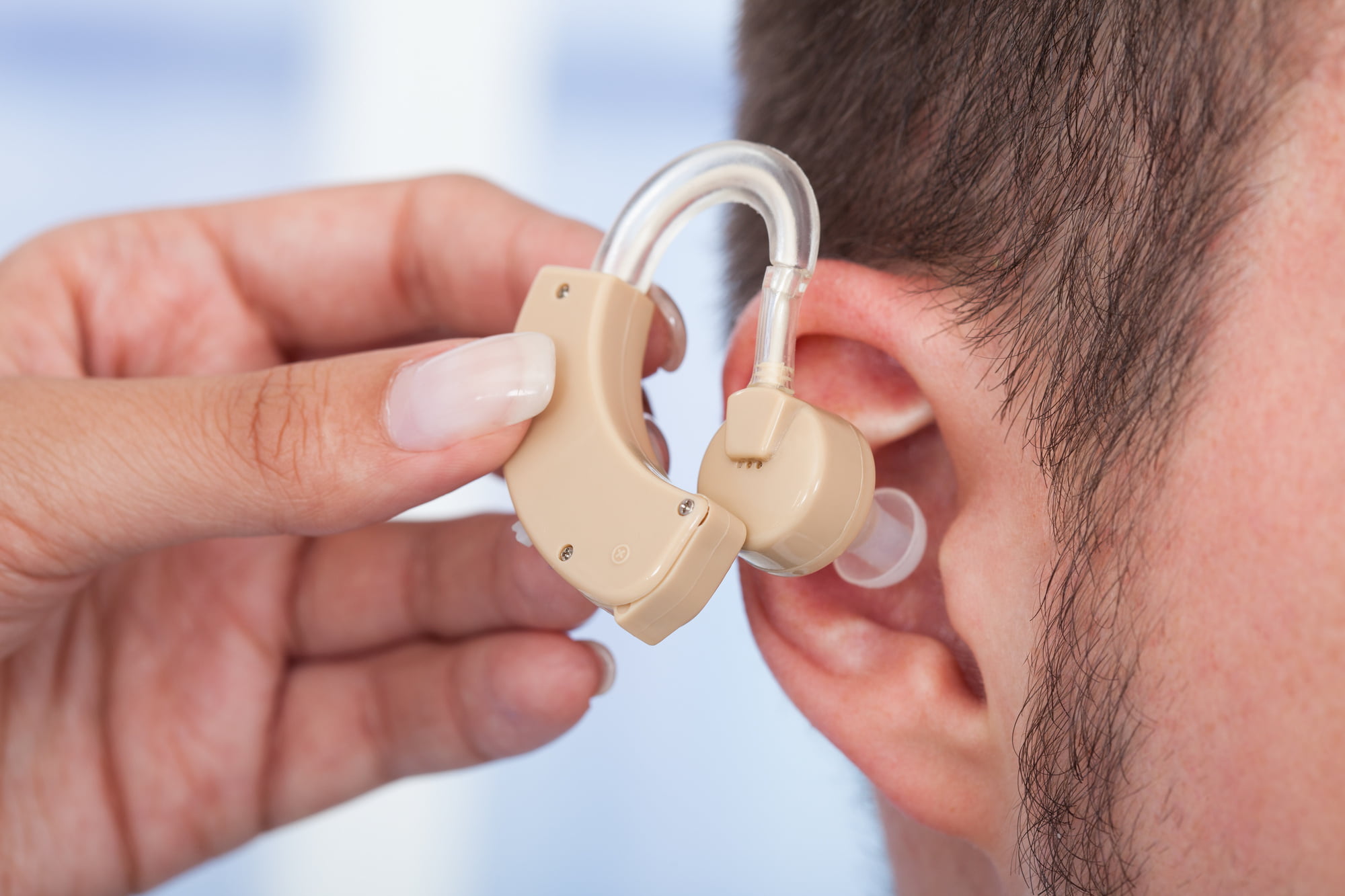Roughly 28.8 million Americans could benefit from a hearing aid, and there are a number of different hearing aid options on the market. But with so many choices, it’s difficult to know which one is right for you.
Do you need a hearing aid that is completely invisible? Or one that can be easily concealed? Perhaps you need a hearing aid that is specifically designed for hearing in noisy environments.
In this guide, we’ll take a look at the different types of hearing aids available so that you can make an informed decision about which one is right for you. Read on to discover more.
Invisible Hearing Aids
Invisible hearing aids are completely hidden from view and are ideal for people who are self-conscious about wearing a hearing aid. These hearing aids are custom-made to fit snugly inside your ear canal. Invisible hearing aids are available in both behind-the-ear (BTE) and in-the-ear (ITE) styles.
BTE Hearing Aids
BTE hearing aids are the most popular type of hearing aid. They’re larger than ITE hearing aids, but they’re also more powerful. BTE hearing aids can be fitted with a number of different ear molds to ensure a comfortable, secure fit.
They’re also more visible than ITE hearing aids, but they can be easily concealed with your hair or a hat.
ITE Hearing Aids
ITE hearing aids are smaller and less visible than BTE hearing aids. They’re custom-made to fit snugly inside your ear canal. ITE hearing aids are available in a number of different styles, including completely-in-the-canal (CIC), in-the-canal (ITC), and in-the-ear (ITE).
CIC hearing aids are the tiniest type of hearing aid. They’re virtually invisible when worn and are ideal for people who are self-conscious about their hearing aid.
ITC hearing aids are slightly larger than CIC hearing aids, but are still relatively small. They’re less visible than BTE hearing aids and can be easily concealed with your hair or a hat.
ITE hearing aids are the largest type of ITE hearing aid. They’re more visible than CIC and ITC hearing aids, but they’re still smaller and less visible than BTE hearing aids.
Open-Fit Hearing Aids
Open-fit hearing aids are a type of BTE hearing aid. They’re designed to be worn over the ear and sit behind the ear. Open-fit hearing aids have a small tube that runs from the hearing aid to a tiny speaker located in the ear canal.
This type of hearing aid is ideal for people with mild to moderate hearing loss. They’re also less visible than traditional BTE hearing aids.
Receiver-In-The-Canal Hearing Aids
RIC hearing aids are similar to BTE hearing aids, but they have a slimline design that makes them less visible. They’re also more comfortable to wear than BTE hearing aids.
RIC hearing aids have a small receiver (amplifier) that sits in the ear canal. A thin wire runs from the receiver to a hearing aid located behind the ear. This type of hearing aid is ideal for people with mild to moderate hearing loss.
Contour Hearing Aids
Contour hearing aids are a type of BTE hearing aid. They’re designed to fit snugly around the contours of your ear and sit behind the ear. Contour hearing aids are available in a number of different styles, including behind-the-ear (BTE), in-the-ear, and receiver-in-the-canal (RIC).
This type of hearing aid is ideal for people with mild to moderate hearing loss.
Digital Hearing Aids
Digital hearing aids are the most advanced type of hearing aid available. They use digital technology to amplify sound.
Digital hearing aids are available in a number of different styles, including behind-the-ear (BTE), in-the-ear, receiver-in-the-canal (RIC), and completely-in-the-canal (CIC).
Digital hearing aids are more expensive than analog hearing aids, but they offer a number of advantages, including improved sound quality, increased durability, and the ability to connect to other devices.
Analog Hearing Aids
Analog hearing aids are the simplest type of hearing aid available. They use analog technology to amplify sound.
They are available in a number of different styles, including behind-the-ear (BTE), in-the-ear, receiver-in-the-canal (RIC), and completely-in-the-canal (CIC).
Analog hearing aids are less expensive than digital hearing aids, but they don’t offer the same level of sound quality or durability.
How to Choose the Right Hearing Aid For You
Choosing hearing aids is a bit complex, but if you know what to look for, you’ll be able to find hearing aids that fit your needs. Here are some things to keep in mind when choosing hearing aids:
- The type of hearing loss you have
- The severity of your hearing loss
- Your lifestyle and hearing needs
- Your budget
If you’re not sure which hearing aid is right for you, ask your hearing healthcare professional for help. They’ll be able to recommend hearing aids based on your specific needs.
The Average Cost of Hearing Aids
The cost of hearing aids varies depending on the type of hearing aid you choose. Analog hearing aids are the least expensive, while digital hearing aids are the most expensive.
The average cost of hearing aids is $2,400 per pair. However, hearing aids can range in price from $1,000 to $6,000 per pair. Of course, these prices could be higher or lower based on the type of hearing aid you get and the retailer that you buy from.
If you’re in the market for new hearing aids, check out this product.
Hearing Impaired: Understanding the Different Types of Hearing Aids
As you can see, there are an array of different types of hearing aids. Before settling on a specific one, thoroughly compare each option. You want to guarantee that you’ll get the right one for your needs.
If this content was helpful, feel free to continue reading through our website. We have lots of insightful articles. Enjoy!









